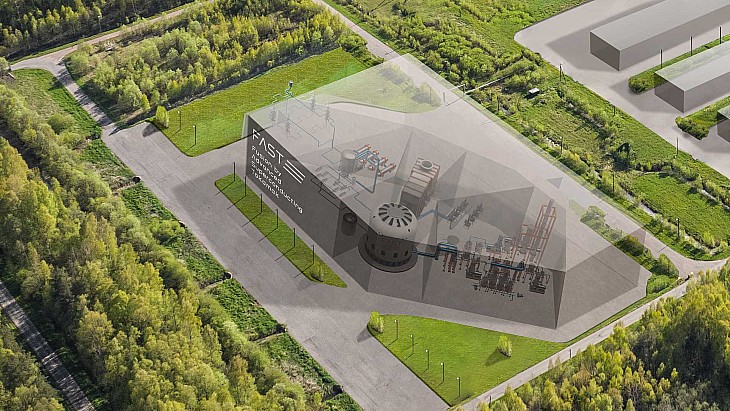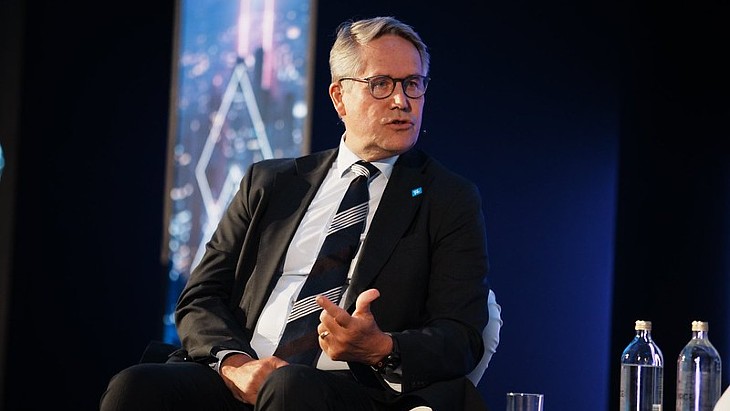Argentine president Cristina Fernández de Kirchner led the official opening ceremony of the Pilcaniyeu uranium enrichment plant on 30 November.
.jpg) |
| President Cristina Fernández toured the Pilcaniyeu plant during its inauguration (Image: Presidential website) |
The ceremony was also attended by federal planning minister Julio De Vido and president of the country's National Atomic Energy Commission (CNEA) Norma Boero. Also attending were the governor of Rio Negro province Alberto Weretilneck and the mayor of Bariloche Eugene Maria Martini.
Plans to recommission the Pilcaniyeu gaseous diffusion uranium enrichment plant, which operated from 1983 to 1989, were announced in 2006 and formed part of Argentina's ambition to build a self-sufficient nuclear fuel cycle.
The original Pilcaniyeu plant had a modest enrichment capacity of 20,000 SWU per year, although plans call for the upgraded plant ultimately to reach a capacity of some 3 million SWU.
Work has been underway to refurbish and upgrade the plant using Argentina's own technology. The first stage of the refurbishment involved the construction of an advanced prototype of 20 diffusers.
According to a CNEA statement, in recent years the plant has received an investment of ARS 250 million ($26 million) from the federal planning ministry, which has allowed the renewal of much of its infrastructure and equipment. This has included a new system for loading and unloading material, a fluorine production plant and a wastewater treatment facility.
Argentina formally reactivated the Pilcaniyeu plant in October 2010. At that time, the plant was expected to become operational in September 2011.
However, it was not until 2014 that the CNEA began enrichment activities at laboratory levels.
The reinstatement of the Pilcaniyeu plant secures Argentina's spot among the countries that can carry out the enrichment process, which is needed to increase the level of fissile uranium-235 for use in nuclear fuel. Unlike Argentina, other countries involved in building new enrichment capacity are focusing on the gas centrifuge process, which is far more energy-efficient. However, Argentina has also been experimenting with laser uranium enrichment technology.
Fernández said that the inauguration of the plant allows Argentina "to return to a place we had been taken: the supplier of enriched uranium, basic input to create nuclear fuel".
In a statement, the federal planning ministry said the enriched uranium produced by the Pilcaniyeu plant will be supplied to the country's three operating nuclear power reactors - two at Atucha and one at Embalse - as well as three proposed plants. It will also supply 13 nuclear medicine centres throughout Argentina, 11 of which are under construction.
Researched and written
by World Nuclear News




_82983.jpg)
_34792.jpg)
_16403_79272.jpg)


_76087_55556.jpg)



